
Quy Nhon City, Binh Dinh Province, is emerging as a new tourist center of the South Central Coast - Central Highlands region - Photo: TAN LUC
Experts and businesses have provided many suggestions and comments for the sustainable tourism development of the region in the changing global tourism trends.
Aiming to welcome 17 - 18 million international visitors
On May 30, at FLC Quy Nhon Convention Center, Binh Dinh Provincial People's Committee coordinated with Vietnam National Administration of Tourism to organize a conference on tourism development cooperation among several provinces and cities in the Central Coast - Central Highlands region.
At the conference, Mr. Lam Hai Giang - Vice Chairman of Binh Dinh Provincial People's Committee - said that the Central Highlands region is a land rich in natural, cultural and historical potential. This is a tourism treasure but so far, localities have not exploited and promoted its full potential.
Binh Dinh is located in the middle of the Central region, the gateway to the Central Highlands. Not only does it have beautiful landscapes, it is also the meeting point and intersection of Sa Huynh and Champa cultures.
Over the past years, Binh Dinh has made efforts to turn tourism into a spearhead economic sector, gradually becoming an attractive destination for domestic and foreign tourists. As evidence, Quy Nhon city has been honored twice as "ASEAN Clean Tourist City".
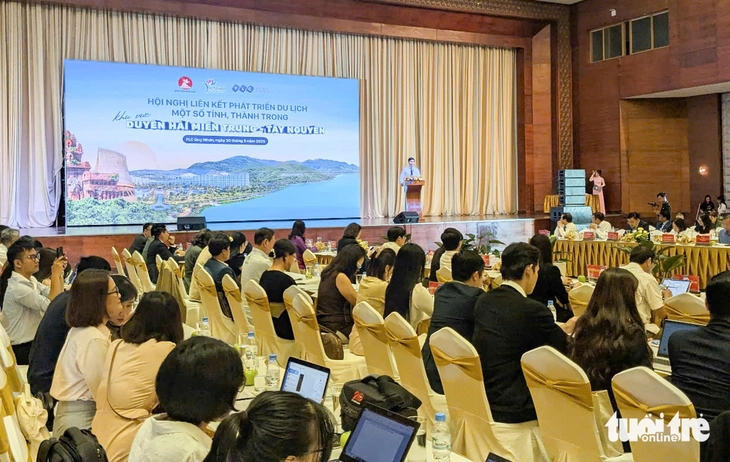
Conference on linking tourism development in the Central Coast and Central Highlands at FLC Quy Nhon on May 30 - Photo: TAN LUC
According to Binh Dinh leaders, in general, tourism linkages within the region have not created many different and attractive products, mobilizing many businesses to participate. The province is committed to accompanying tourism linkages between localities so that the implementation is truly effective and practical.
According to the Vietnam National Administration of Tourism, in 2024 the tourism industry will record 12.6 million international visitors and 110 million domestic visitors, contributing about 678,000 billion VND, according to Vietravel tourism company.
In 2025, Vietnam aims to welcome 17 - 18 million international visitors and 130 million domestic visitors, with expected revenue from 950,000 to 1 million billion VND.
Vietravel believes that the Central Highlands is the driving force and core in connecting and spreading the national tourism network. In the context of the increasingly popular trend of green, sustainable tourism and personalized experiences, this region is expected to contribute 40 - 50% to these targets.
Currently, the need to connect destinations on inter-provincial and inter-regional routes is increasing, creating opportunities and motivation to promote real and sustainable tourism linkages.
The Central Highlands has great tourism advantages.
Dr. Le Hong Vuong (Faculty of Tourism, Van Hien University) commented that the South Central Coast - Central Highlands has a central location in the country, convenient for attracting tourists from both the North and the South.
The area has large and famous tourist centers at home and abroad such as Da Nang, Nha Trang, Da Lat with very good conditions for tourism development.
According to him, in the current market trend, green tourism is the sustainable development direction for the region. To implement this orientation, the provinces in the region need to deploy a group of synchronous solutions from infrastructure, human resources, community participation and communication policies...
In which the main principles are followed: optimizing resource use, respecting local culture, bringing socio-economic benefits to all participants.
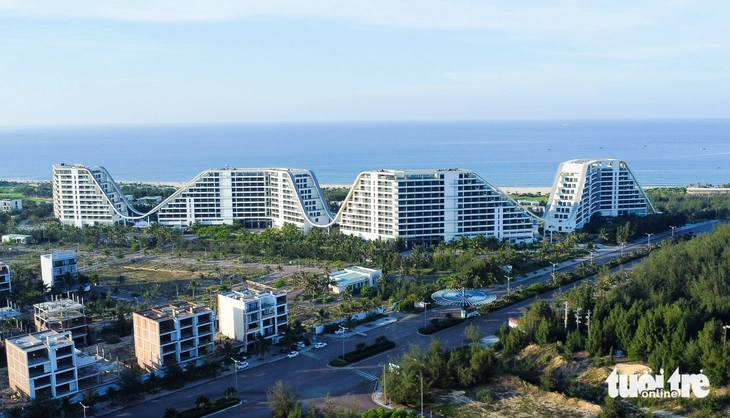
A coastal tourist area in Quy Nhon city, Binh Dinh. The provinces in the South Central region are all bordered by the sea and have strengths in island tourism - Photo: TAN LUC
Ms. Tran Thi Kim Qui - permanent deputy general director of FLC Hotel & Resorts - said that in the current context, the tourism industry needs a mechanism to encourage businesses to invest in high-quality products and services, aiming towards international standards and sustainable development.
Support businesses in developing cultural and culinary tourism products, including organizing festivals and experiential events. Train professional human resources to enhance international integration capabilities.
Develop a public-private coordination mechanism in developing connecting infrastructure, especially aviation, by supporting the expansion of the flight network, promoting charter flights and facilitating businesses to participate in plans to transport international passengers to emerging destinations.
Source: https://tuoitre.vn/mien-trung-tay-nguyen-la-kho-bau-du-lich-chua-duoc-khai-thac-tot-20250530163539712.htm






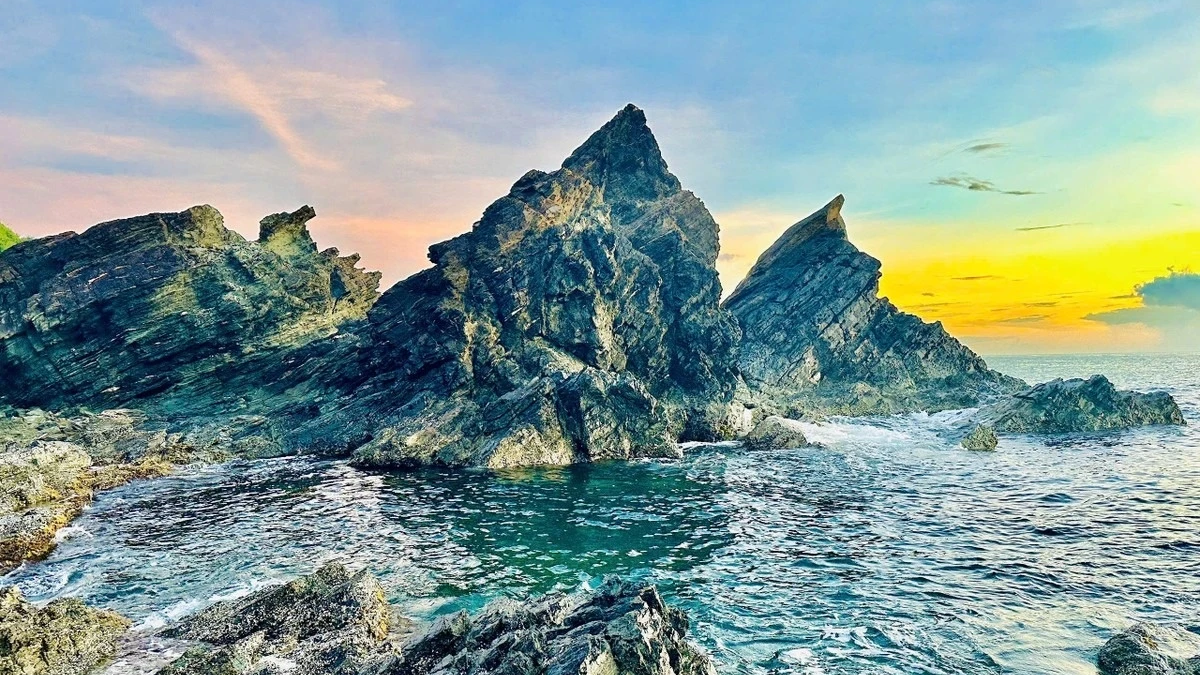

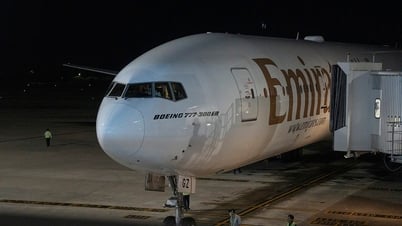




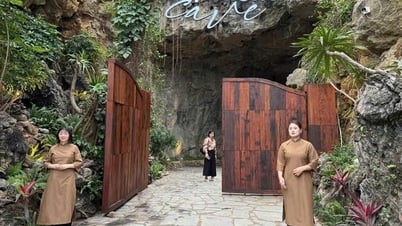










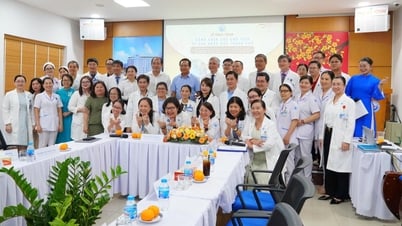
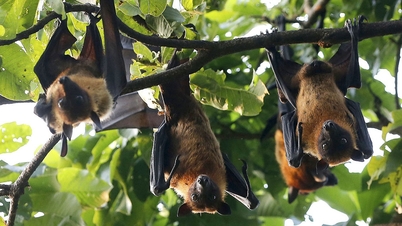


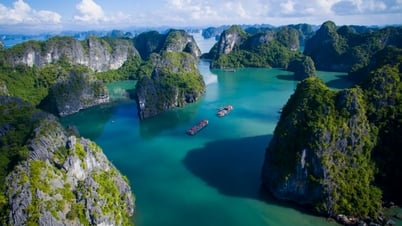

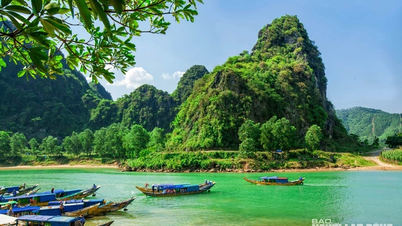











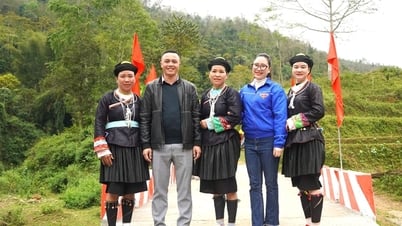

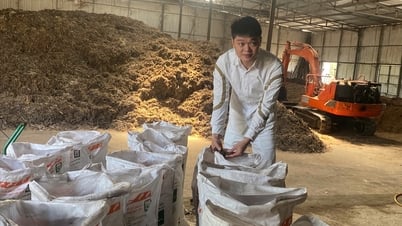


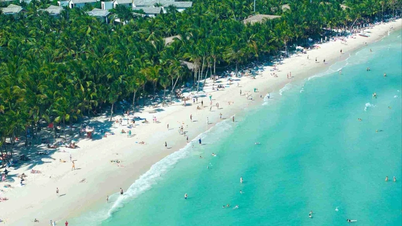











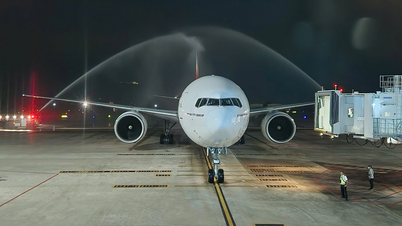





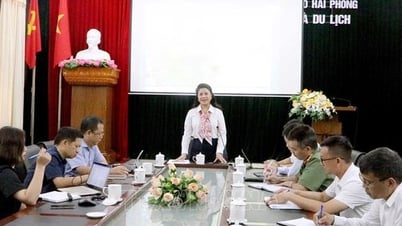





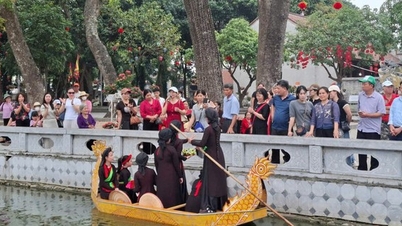
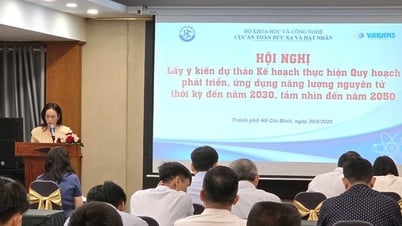
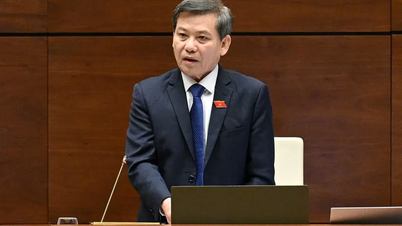






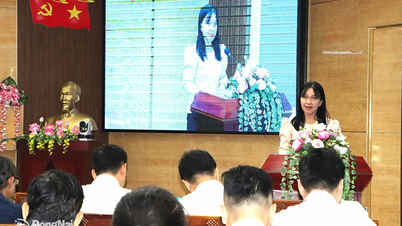

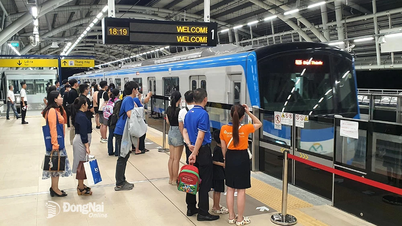











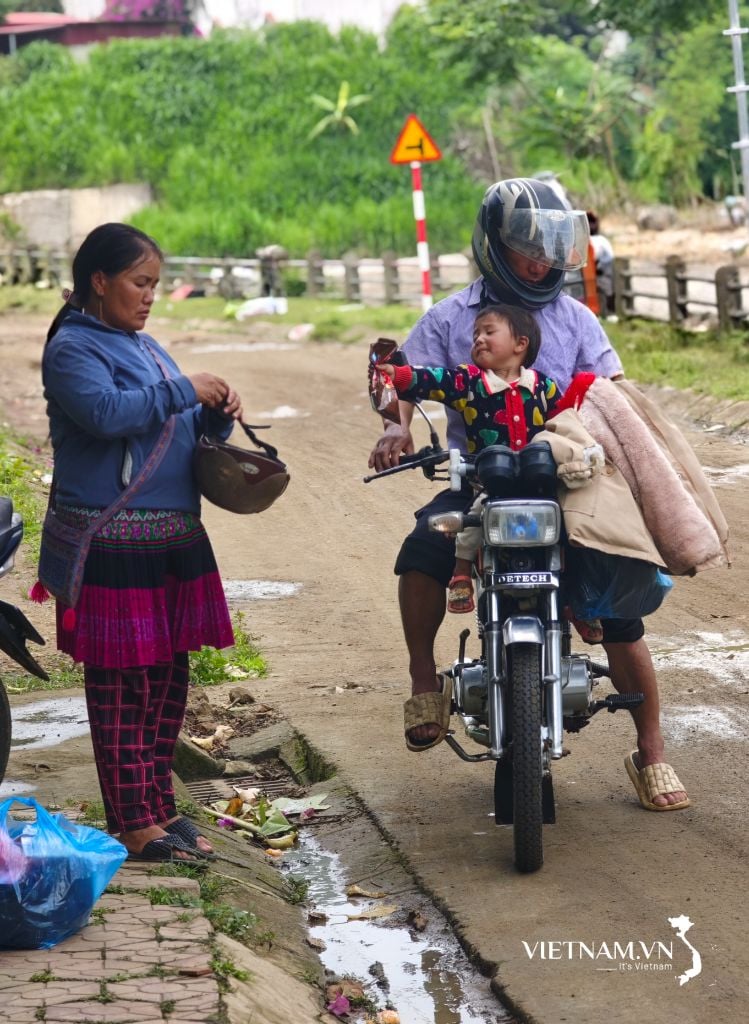

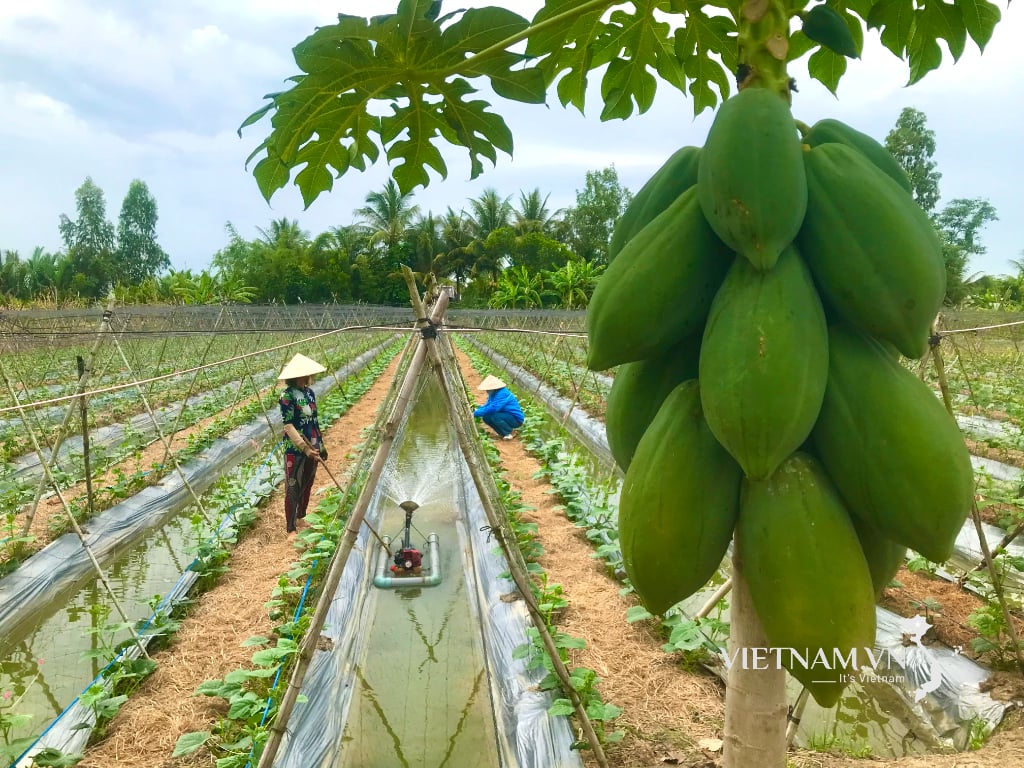
Comment (0)